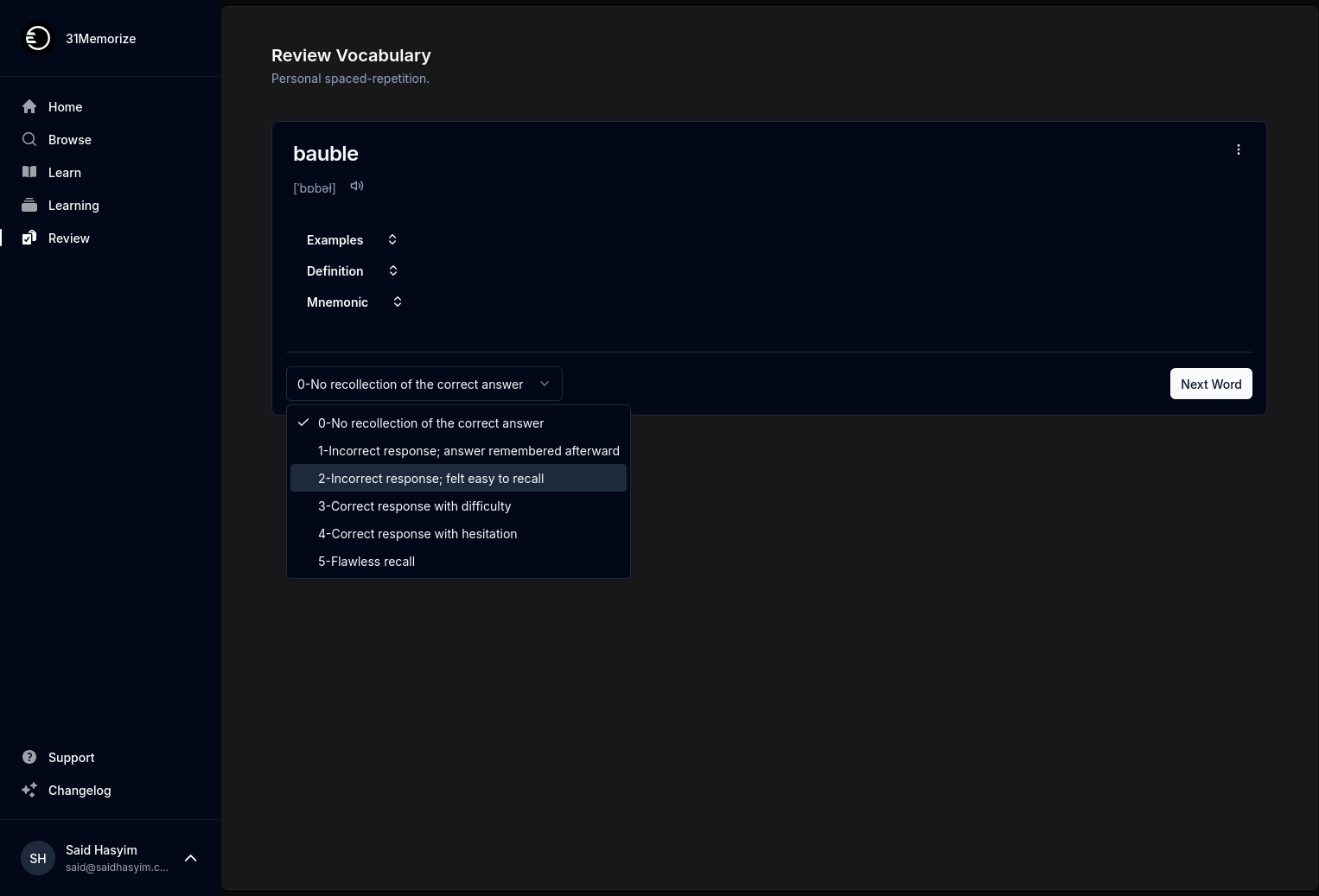Insights from Book Ratings to Drive Strategy
In today’s digital age, the vast swathes of information available online can overwhelm any decision-maker. Whether you're a business leader, a marketer, or a content creator, navigating through oceans of feedback and reviews to guide your strategy can prove challenging. Book ratings, particularly in the context of literature, provide an incredible opportunity for insights that extend beyond mere appreciation for the written word. In this blog post, we'll delve deep into how book ratings can inform and drive strategic decisions across various domains.
Understanding the Book Ratings Ecosystem
Book ratings are more than just numbers; they reflect a complex interplay of reader preferences, cultural trends, and individual experiences. Platforms like Goodreads, Amazon, and various online retailers aggregate user ratings and reviews, providing a wealth of data on how different demographics perceive particular works. This data can reveal patterns in consumer behavior, emerging themes, and shifting tastes that are invaluable for strategic planning.
The Components of Book Ratings
Numerical Ratings: Most platforms allow users to rate books on a scale (typically from 1 to 5 stars). The average rating serves as a quick gauge of a book's overall reception.
Textual Reviews: Accompanying ratings, written reviews offer nuanced insights into what readers liked or disliked about a book. Keywords and sentiment analysis of these reviews can yield valuable information on reader preferences.
Demographic Insights: Many platforms provide information about the demographics of reviewers, enabling businesses to understand which segments of the population resonate most with specific genres or themes.
Trends Over Time: Analyzing changes in ratings over time can indicate how public perception shifts and provide foresight into future trends.
Leveraging Book Ratings for Strategic Insights
1. Identifying Audience Preferences
Understanding audience preferences is critical for any organization. By analyzing which genres, themes, or authors receive the highest ratings, businesses can tailor their offerings to meet these tastes. For instance, if historical fiction consistently garners high ratings, a publisher might consider expanding its catalog in that niche.
Example: Genre Analysis
Suppose a series of fantasy novels receive particularly high ratings among younger adults. A marketing team could focus its efforts on engaging this demographic through targeted advertising, social media campaigns, or partnerships with influencers who resonate with this audience.
2. Assessing Competitive Landscape
Book ratings provide a unique lens through which to assess the competitive landscape. By comparing ratings of similar books or authors, organizations can identify market leaders and laggards. This comparison can inform positioning strategies to carve out a unique niche.
Example: Competitive Benchmarking
If a particular title in the sci-fi genre rises rapidly in ratings, dissecting the book’s strengths (e.g., plot, character development) through reader reviews can illuminate strategies that competitors may adopt to improve their offerings.
3. Content Development and Product Offerings
Ratings and reviews offer invaluable feedback that can be integrated into content development strategies. Insights garnered from reader critiques can direct authors’ or creators’ focus on what resonates well with audiences, leading to improved product offerings.
Example: Iteration Based on Feedback
An author who consistently sees criticism regarding character development in their novels might use that feedback to invest more time in fleshing out characters in future works, thus enhancing overall reader satisfaction.
4. Marketing and Promotion Strategies
Book ratings are powerful indicators of what marketing strategies may work. Positive ratings can serve as testimonials, while insights into what attracted readers can help in crafting promotional messages.
Example: Campaign Messaging
If reviews frequently highlight a book's emotional depth, a publisher could create promotional campaigns that use emotional storytelling to connect with potential readers.
5. Building Community and Engagement
Engagement with readers can be facilitated through book ratings. By analyzing trends and discussions sparked by ratings, organizations can foster community-driven initiatives that resonate with readers.
Example: Reader Events and Discussions
If a specific book receives a surge in ratings and sparks discussions about its themes, an organization might host book clubs or author Q&As that center around these popular picks, creating a two-way dialogue with its audience.
6. Forecasting Industry Trends
Examining rating trends can enable businesses to stay ahead of the curve. By continuously monitoring shifts in public interest, companies can proactively adapt their strategies and offerings.
Example: Analytics for Future Planning
If a surge in historical fiction evaluations indicates rising interest, publishers might consider acquiring rights for similar genres or launching new series that align with trending topics.
Best Practices in Utilizing Book Ratings
While book ratings provide rich insights, there are best practices to consider for effective analysis:
1. Utilize Sentiment Analysis Tools
Employ text analytics tools to automatically interpret the tone and sentiment of user reviews. This can save time and enhance understanding of reader sentiment.
2. Demographics Matter
Always consider the demographic data accompanying ratings. What resonates with one group may not with another, so tailoring strategies to specific audiences is critical.
3. Engage With Feedback
Ensure that organizations capitalize on the wealth of reader feedback by engaging with their audience, whether through direct communication or facilitating discussions based on themes identified in reviews.
4. Stay Adaptable
The literary landscape is ever-evolving; therefore, staying adaptable and open to change based on reader feedback and rating trends is essential for long-term success.
Conclusion
Book ratings serve as a treasure trove of insights for driving strategic decisions across industries. By understanding audience preferences, assessing competition, refining content offerings, and embracing community engagement, organizations can create a responsive, informed strategy grounded in reader insights. As the literary landscape continues to evolve, those who harness the power of book ratings will undoubtedly find themselves ahead of the curve. By continually analyzing this data, entrepreneurs, marketers, and content creators can align their strategies to not only meet but exceed reader expectations.
It's time to take a page from the book ratings playbook and let these insights drive your strategic vision for the future!
